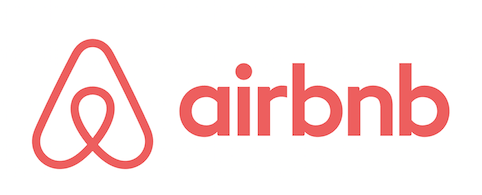What is Growth Hacking? And how did small startups become famous brands after implementing growth hacking techniques? Let’s find out together.
What is growth hacking?
As the term shows, growth hacking consists of developing and deploying techniques or hacks with the aim of multiplying the growth of a company.
Very often, reference is made to indicators such as turnover, market share, margin, number of customers or number of leads, for example.
Hotmail (Microsoft Live) was the first to make a growth hack to boost their company, thanks to a simple hack to acquire several million users in a few months.
This growth hack, although free, was very effective at the time : with each email signature sent by users, Hotmail automatically added a message at the bottom of the email :
“I love you, get your free email at Hotmail.”
In reality, the number of indicators is much larger, and the concept of growth hacking is much more deep.
The growth of a company through growth hacking can, for example, be the result of a very rapid increase in members or subscribers, which will first have to be supported, before finding solutions for monetization in a second phase. Having more followers on social media is a principle that proves to be indispensable in influence marketing and some use growth hacking to inflate their community.
Thus, in the context of the growth and communication of a startup, it can easily become a privileged axis. This will result, for example, in premium subscriptions offering additional services and features.
Growth hacking for exponential success
Statistics show that posts dealing with growth hacking are read very often. This content is also widely distributed on social media, as it is a fascinating topic.
Decision-makers, entrepreneurs and business leaders are constantly on the lookout for new techniques that could enable them to attract and retain customers – and in general their company’s overall performance.
This is where growth hacking can provide solutions.
If the subject is also fascinating, it is because the concept of growth hacking is abstruse. It’s a technical term, part of the marketing technical language, and very difficult to define in a simple way for many professionals, even the most experienced.
The problem is not so much how to understand growth hacking in 5 minutes. Rather, the challenge will be to be able to define it in a single sentence, which could turn out to be a real challenge.
And the fact is that everyone will give their own definition of growth hacking.
How to set up growth hacking for your company
Set specific objectives
At the beginning you need to understand your company’s marketing needs. We could divide it into 3 objectives :
- acquiring traffic
- generate leads
- build audience loyalty
Each growth objective must be carefully established before moving on to the next. For this you can use the SMART Goals.

Experiment, learn… and start over
Growth-hacking is not a ready-made solution that works every time. It is the result of reflection, an understanding of its users and targets, and of repeated attempts that are often unsuccessful before being conclusive.
It is not a recipe that can be followed to the letter. Indeed, the most imaginative and efficient hacks are rarely the first to be tempted. One must forget one’s certainties, try, experiment, and above all learn from each failure!
Over personalization
It is necessary to study upstream its users and targets, to segment finely to adapt to each one. The understanding of its target audience is what will allow to set up a high-performance growth hacking, because it will best respond to users in an Over-personalized way.
Airbnb: The growth story you didn’t know

We all know today AirBnB which has completely transformed the tourist rental market. Their main initial objective: to acquire users.
To do so, they set up an illegal hack. Yes! Sometimes you have to dare to cross the red line to hack its growth.
The hack consisted in automatically listing ads from AirBnB at their competitor Craiglist in order to take advantage of their audience.
Subsequently, AirBnB improved the ads – including producing better photos. It is thanks to this acquired audience that AirBnB has grown rapidly and now has millions of users.
Difference between Growth Hacking and Inbound Marketing
The main difference between Inbound Marketing and Growth Hacking is that Inbound Marketing is a long-term customer acquisition strategy, whereas Growth Hacking draws on these methods and the entire marketing arsenal to generate a maximum number of leads in the short term.

